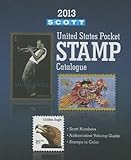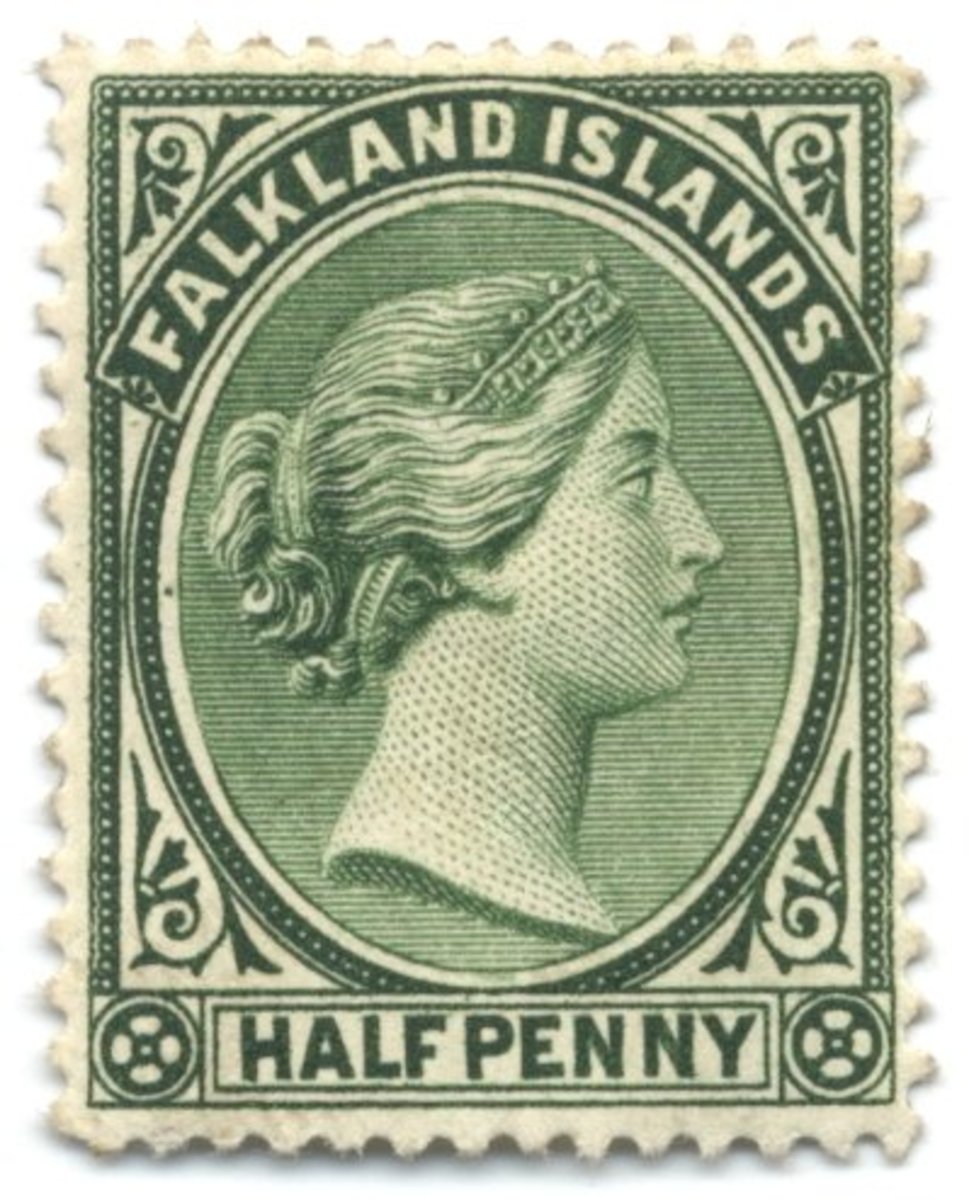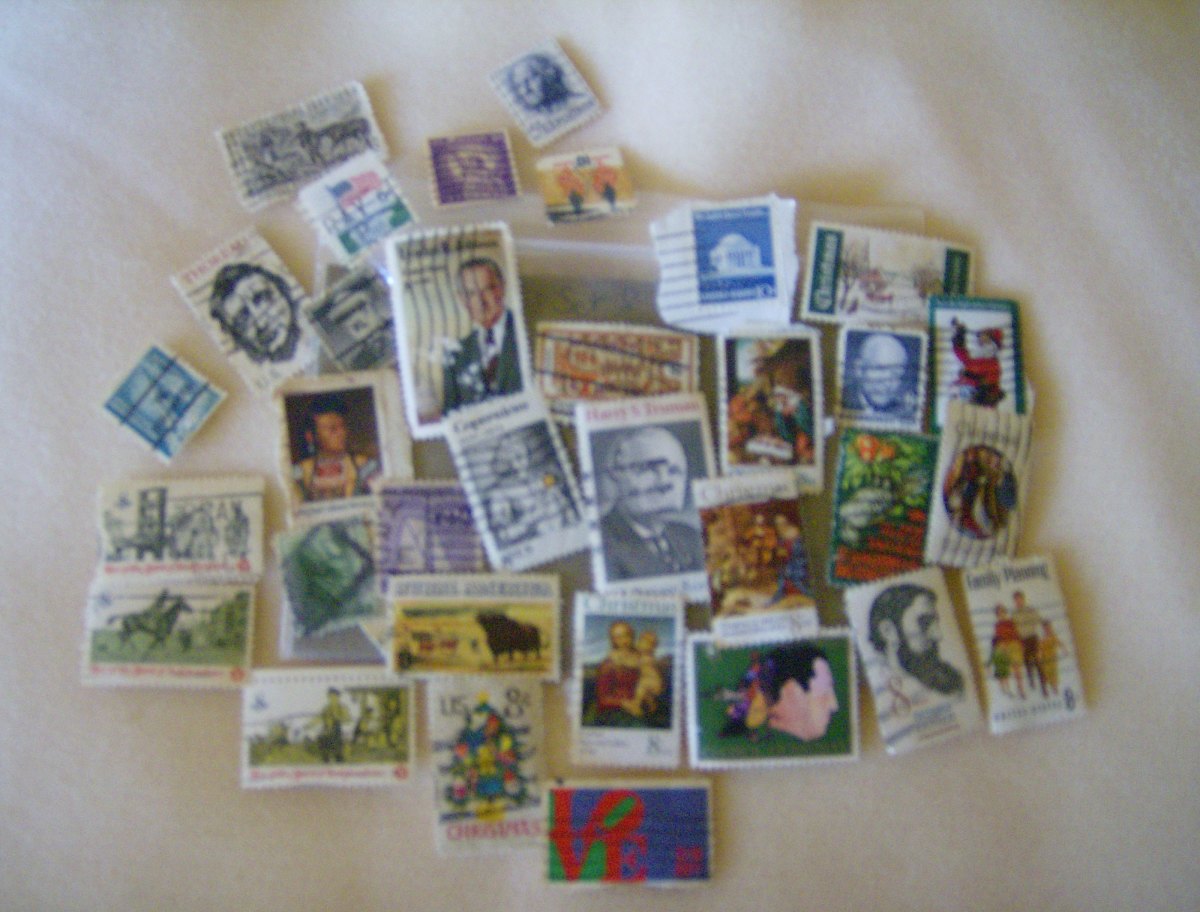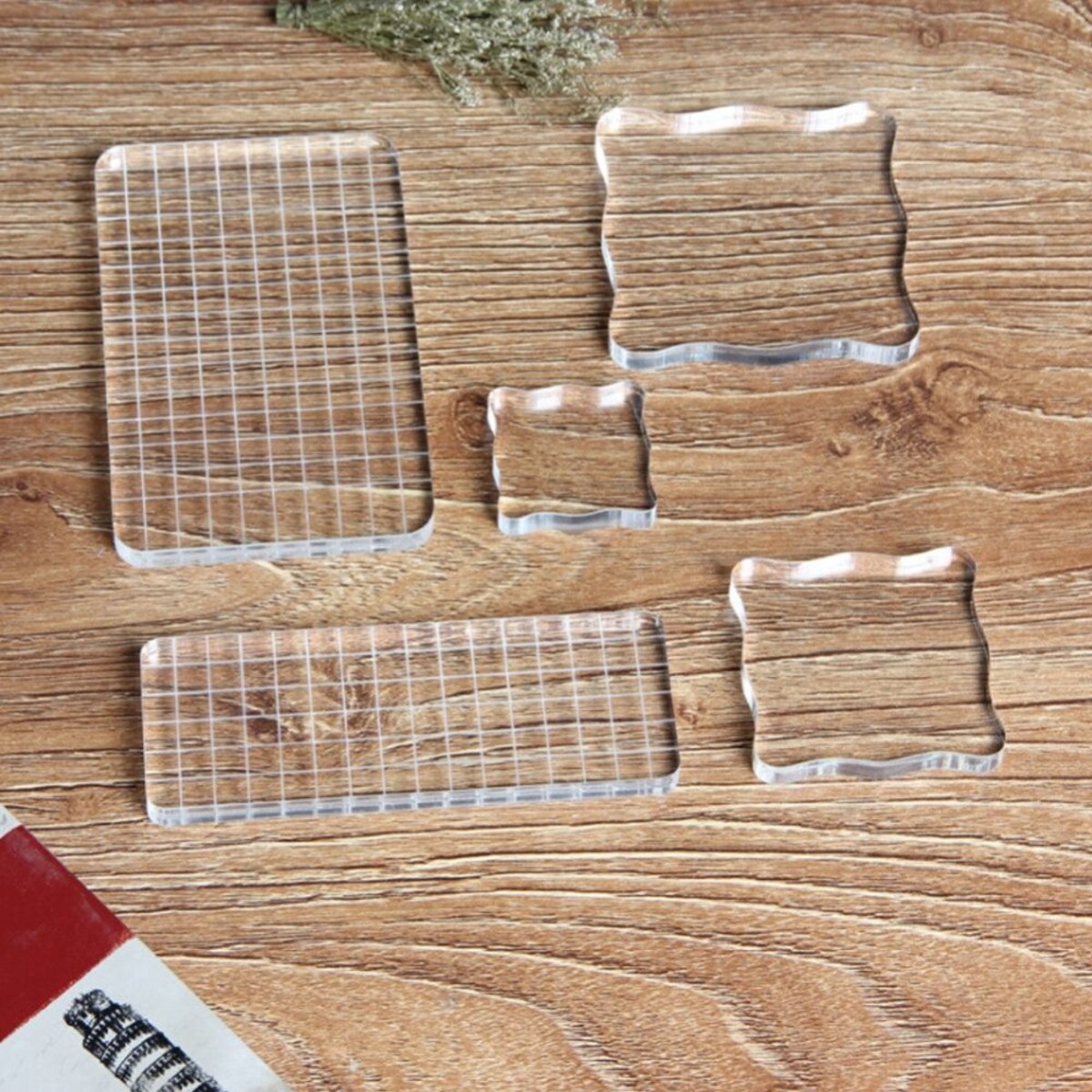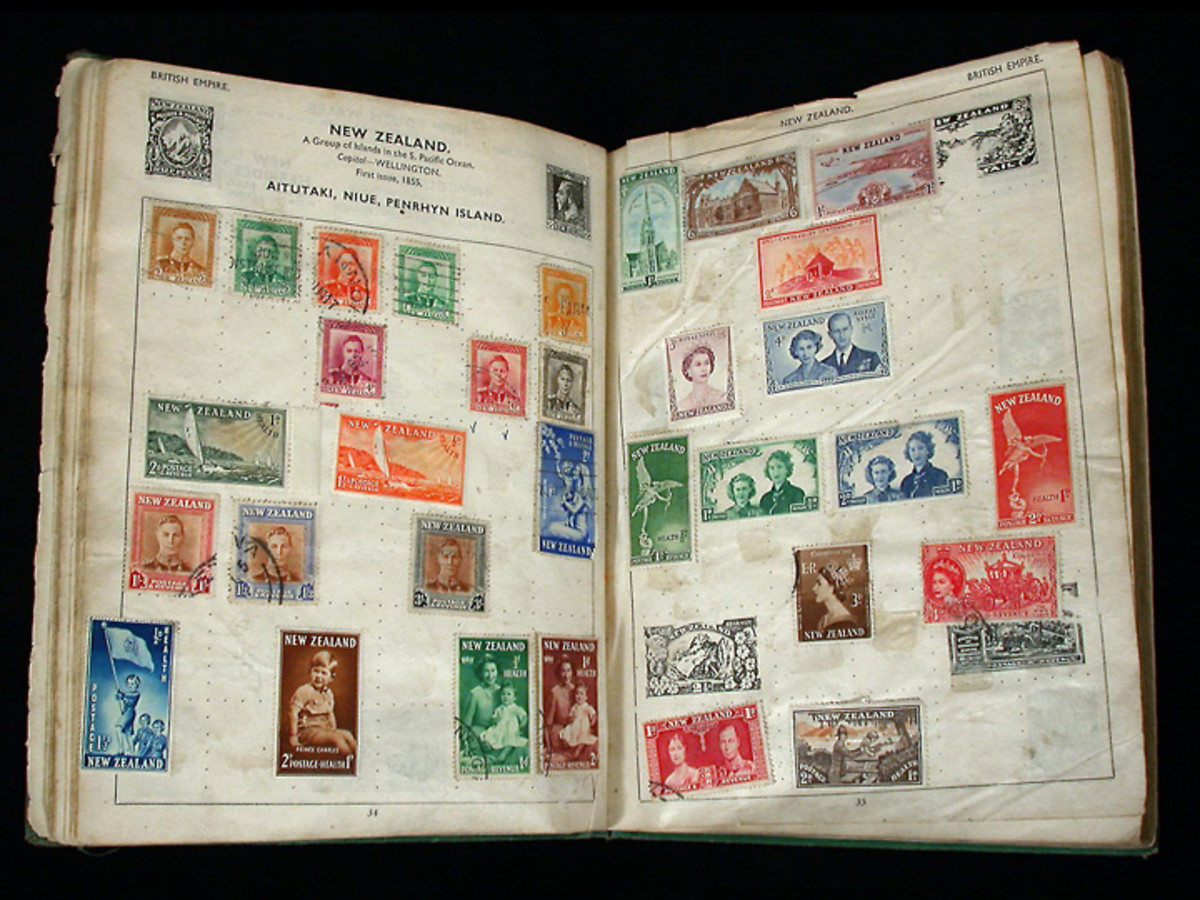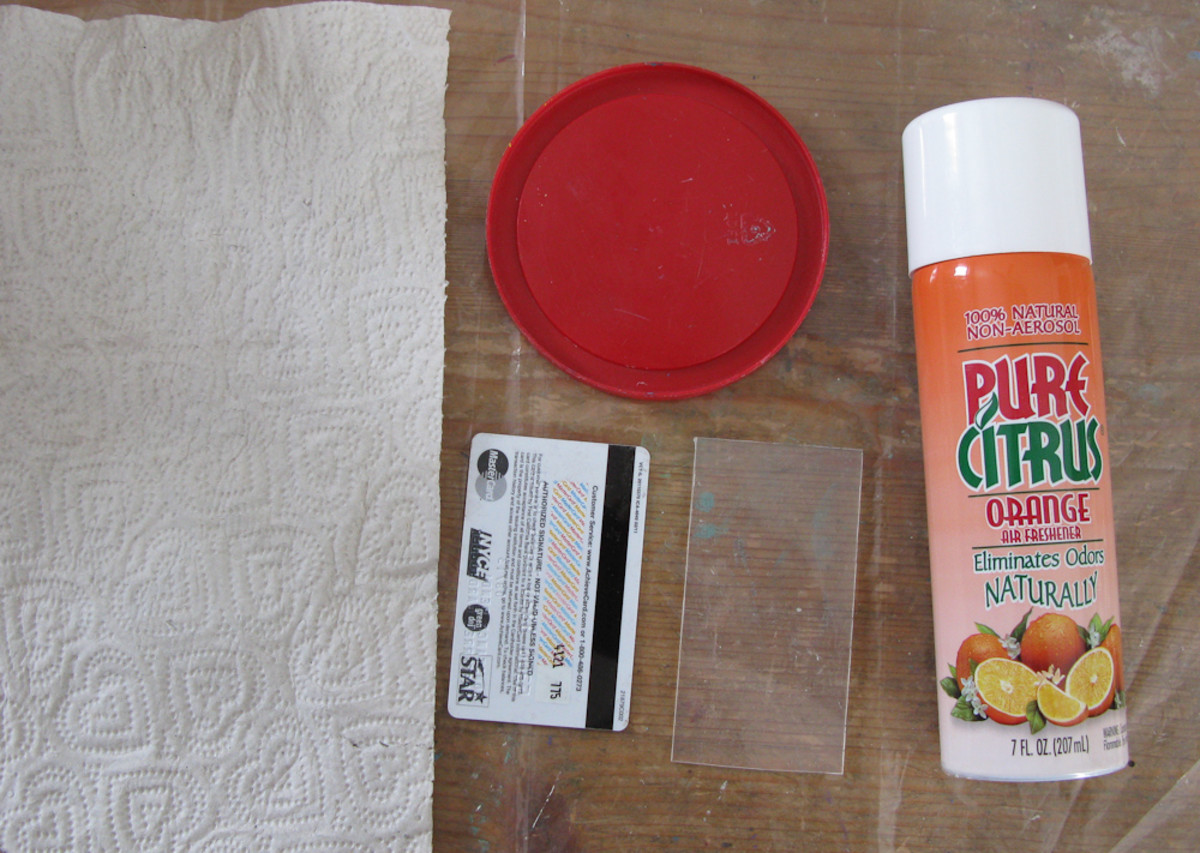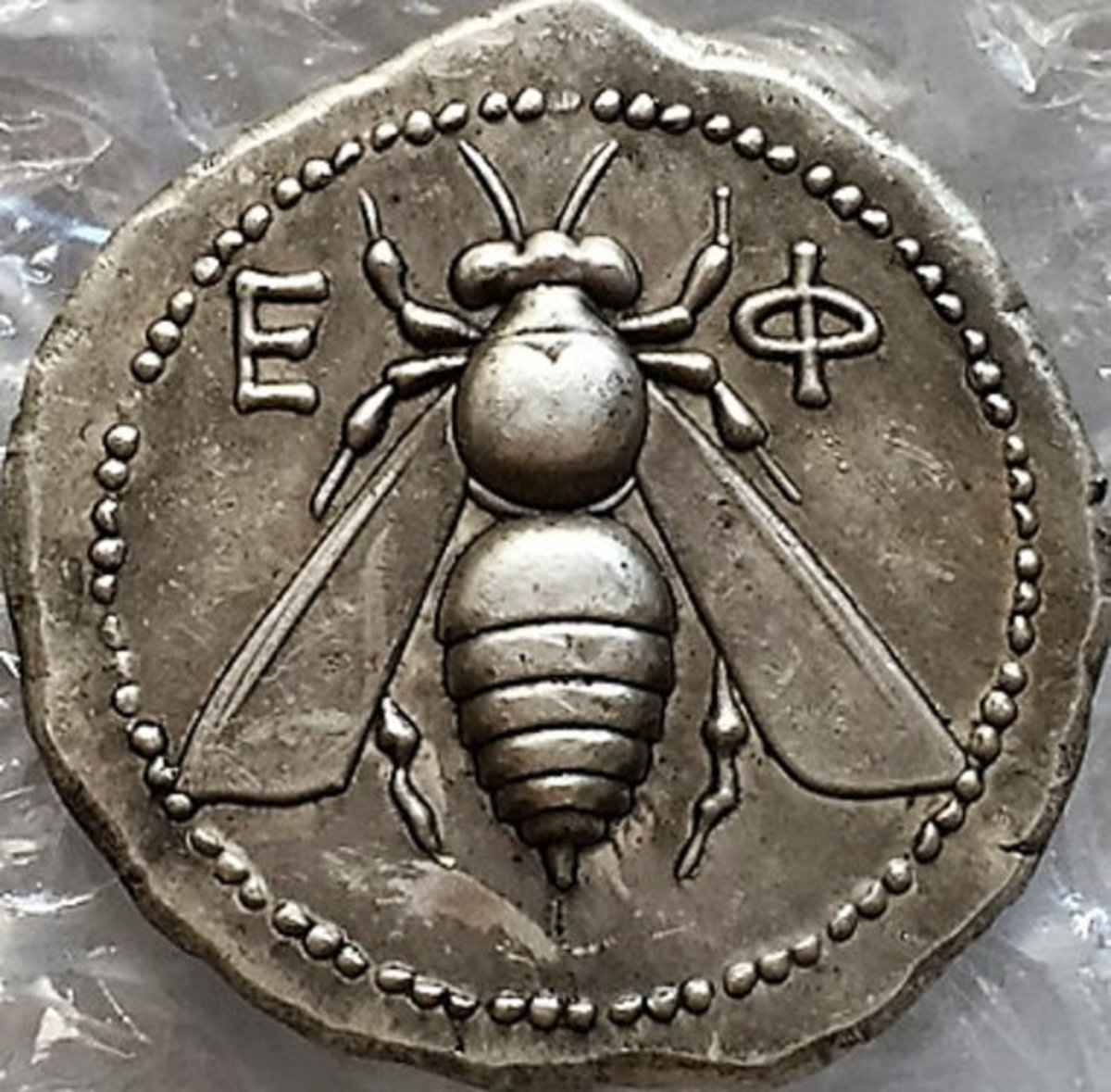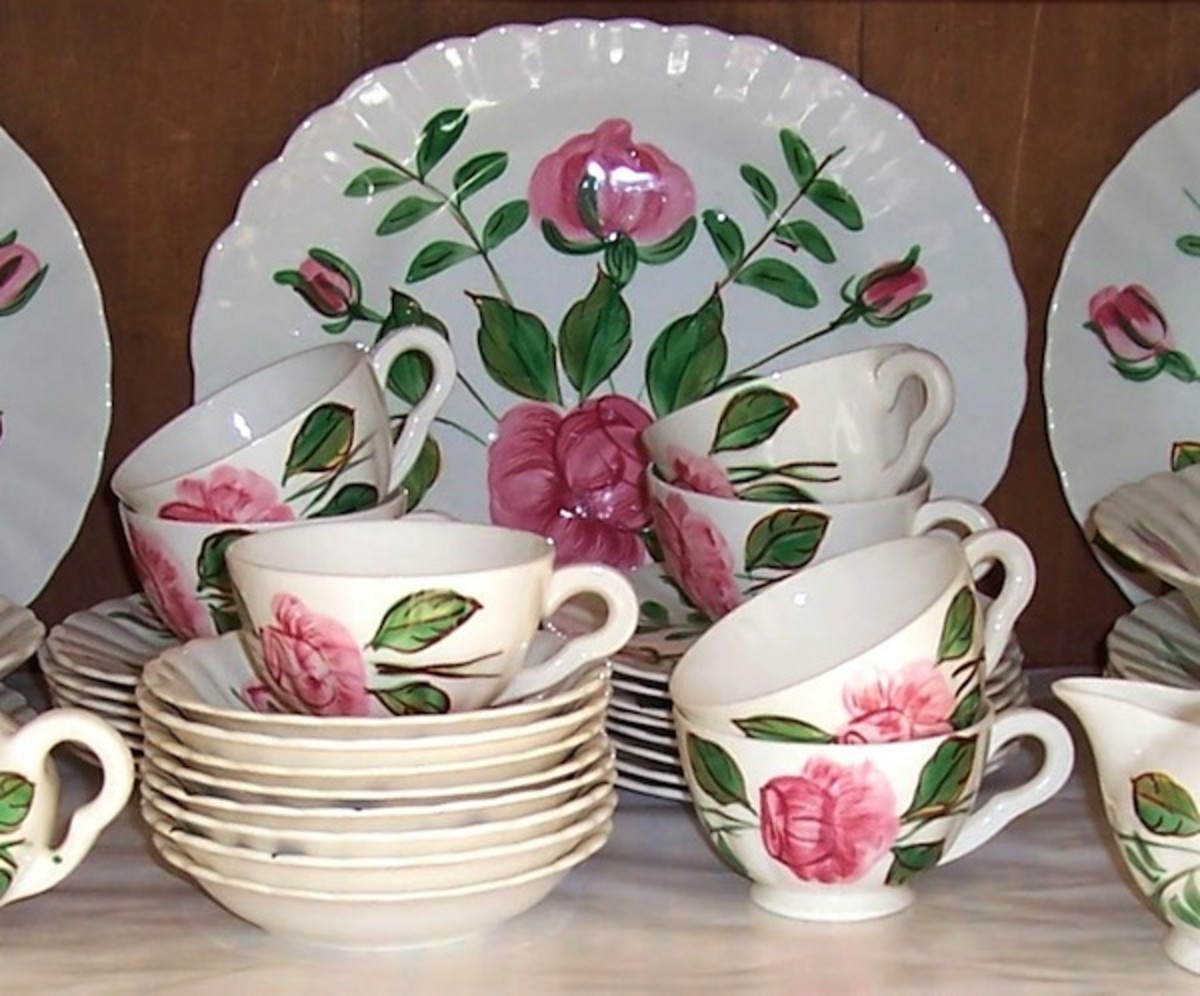How to Remove Stamps from Envelopes
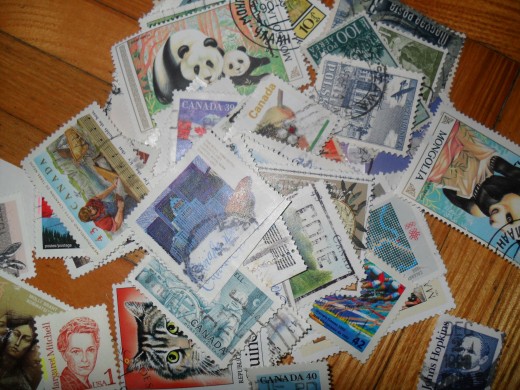
Materials You Will Need to Remove Stamps From Envelopes
- Bowl of room temperature water
- Scissors
- Paper towels
Figure Out if Your Postage Stamp is Valuable
First decide if you actually want to remove the stamp from the envelope. Most new stamps aren’t worth lots of money, so it’s a pretty safe bet that you won’t be damaging a valuable item, but in the rare case that it is valuable, it’s important to make sure you aren’t going to damage it by removing it off of the paper.
If you think your stamp is worth something, find out if it’s a good idea to remove it from the envelope. For old stamps and stamps with a high value, removing it from the paper might decrease it’s worth. It’s possible that the envelope that your stamp is on adds to the value of the item, so don’t take the chance with something valuable! If you don’t think you have an old stamp with very much value, then it’s ok to go ahead and get started. Stamps display better when they don’t have paper behind them: removing the backing will make it easier to store your collection.
How to Figure Out if You Have a Rare Postage Stamp
If you have a rare stamp, depending on the value, stamp collectors could be willing to pay lots of money to get their hands on it. To find out the value of a stamp, it helps to figure out what country it comes from. There are lots of guides for every country that describe a postage stamp’s worth. If you plan on purchasing a guide, make sure you use one that mentions tips and tricks for identifying rare stamps. If you know the country your stamp was made in, the best way to find the value is by looking it up in a current price guide. You can buy a guide or find one at your local library.
Scott Catalogue 2013 edition on Amazon
One of the most popular stamp collecting reference guides for U.S. Stamps is the Scott US Stamp Catalogue. They release a new edition every year, they aren’t very expensive and they are very helpful in identifying the postage stamps in your collection. The Scott Catalogue includes a description of each stamp as well as a price guide.
There are also some very useful online guides. For U.S. stamps, check out the online guide on Hobbizine.com it’s a very useful tool to figuring out the values of your collection.
Cut Your Stamp From the Envelope
Cut your stamp out from the paper that it’s stuck to. Use caution and make sure that you don’t cut your stamp! It’s important to leave some room around the edge of the paper near your postage stamp: this will make it easier to remove later on. Don’t cut the paper too close to the stamp. It doesn’t matter how much you cut away, and it doesn’t need to be perfect. You just need to cut the stamp from the envelope and make it small enough to fit into a bowl. It’s better to use scissors to remove the stamp from the envelope, many people simply rip the stamp from the paper, and often they end up ripping the stamp with it.
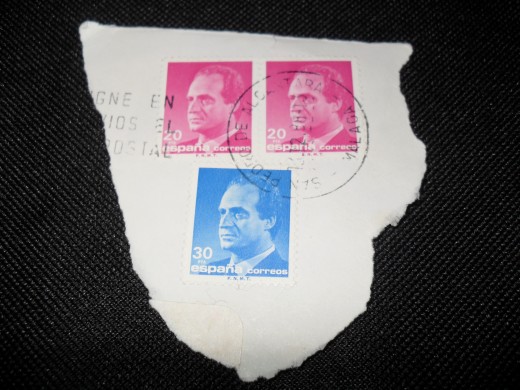
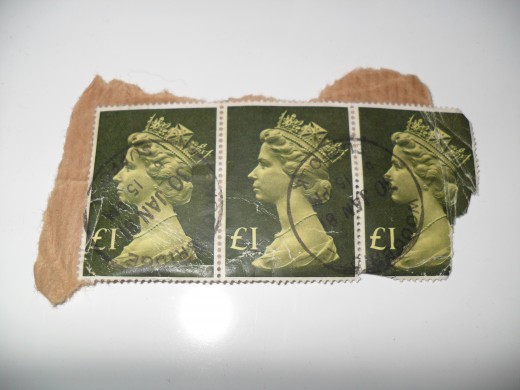
Massive Stamp Collection
Soak Your Stamps
Grab an empty bowl and fill it with room temperature water. Place your stamps into the bowl just on top of the water. When you remove a stamp from the paper, you are basically removing the glue that is holding the stamp down. The stamp doesn't need to be completely submerged in water for this to work; the only part that needs to touch the water is the back of the paper. Soaking the stamps helps remove the glue that is allowing the stamp to adhere to the paper. Eventually the glue will loosen and the stamp will come off of the paper. It generally takes about 5 to 10 minutes for the glue to loosen, but you will notice that each stamp takes a different amount of time to become unstuck. In my experience, I have had stamps that are really stuck because sometimes people use extra glue on their postage! Be prepared to soak some pieces for up to an hour in room temperature water.
You can also try helping the process along by peeling your stamp, starting in a corner, to help the glue come off. You can try this if you want but be careful you don’t rip it by mistake.
Be very careful of running ink, because Ink can ruin your stamps. If you see that ink from a stamp is running, remove the other stamps from the water so that you don't get the ink to damage them as well.
Once the stamp is soaked through, gently remove the paper from the stamp. Don’t force it, if it doesn’t come off easily, it’s very likely that you haven’t soaked it for long enough. Make sure that any adhesive comes off in the water and that none remains stuck on your stamp.
Dry Your Stamps
Once they have come loose from the paper, you can remove them from the water and allow them to dry. Take some paper towels and place your stamps on them to absorb the water. Don’t overlap your drying stamps, place them flat and make sure that they have their own area to dry. Blot any visible water with paper towels.
Showguard Stamp Drying Book on Amazon
It's sometimes the case that as your stamps dry they are no longer straight. If you find this is the case, I suggest investing in a stamp drying book. It will prevent your stamps from sticking to the paper towel (if there is still residue on the backs) and it will help them dry flat and not bend awkwardly. A stamp drying book is a great investment because they are reusable and very convenient if you have a lot of stamps to dry.
I have heard from other stamp collectors that they often use heat to dry their stamps, but I don’t support this method: I think it’s too risky and it can end up damaging your collection.
Do you have a theme for your stamp collection?
Stamp Collecting: Finding a Theme for Your Collection
I personally don’t collect stamps to make money (although money would be a nice bonus), I collect stamps because I love my hobby and I enjoy collecting them. For a lot of collectors, including myself, they sometimes choose a theme and focus on this theme for their collection. Although I generally keep most of the stamps that I come across, I tend to look out for specific themes when collecting, and I will go out of my way to collect specific ones. Some specific themes might include only collecting old stamps, or you might only collect stamps from a certain country or made in a certain year. Personally, I like to collect postage stamps of animals (especially dogs, horses and birds), stamps from Canada and I have a large collection of Disney stamps.

